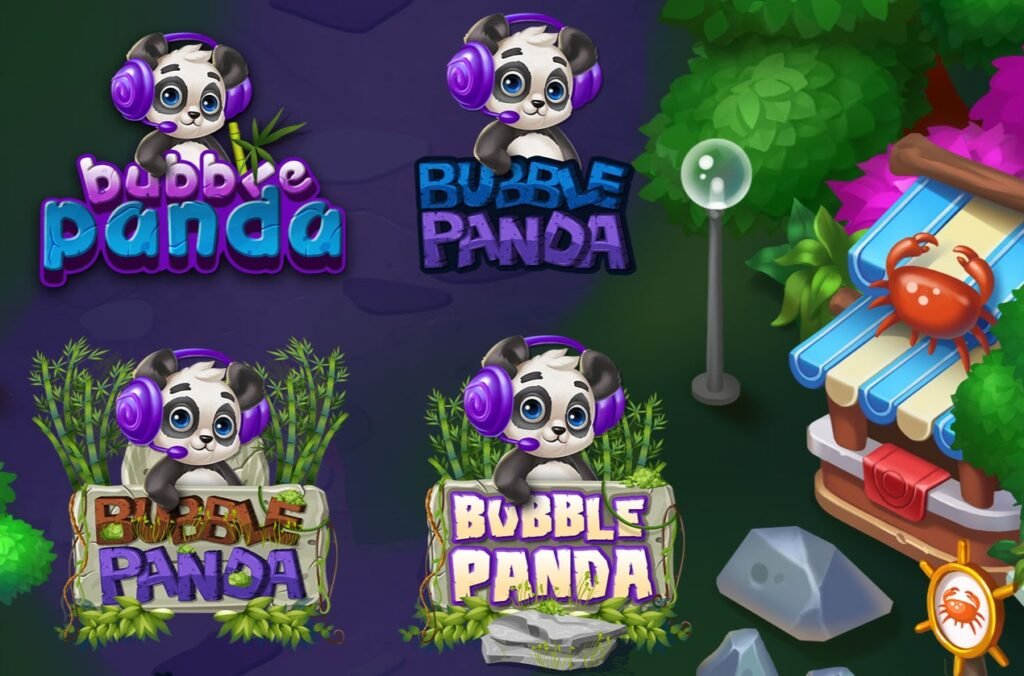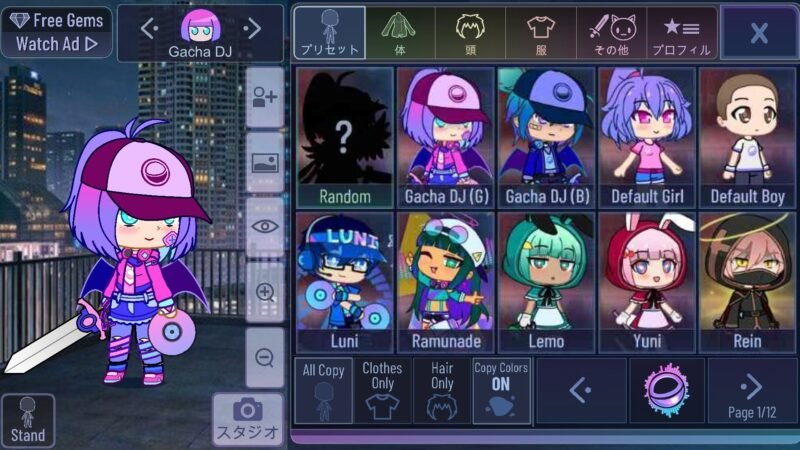Many of us spend our leisure time playing games, which are not always serious works with complex plots. These are usually casual games with easy, understandable rules and tasks that we take on to relax after a hard day or pass the time on the road.
Most of these games are released in haste, but one thing unites them: casual game art. Thanks to visual acquaintances on the PlayMarket or the App Store, gamers download such games, and all this is mainly the merit of outsourcing studios.

Casual Game Art Outsource – What’s the connection?
Casual game art outsource is the most popular service for mobile games. There are a lot of games of this genre, and they are all similar in mechanics. But what is their difference? Unlike the casual game logo mentioned above, a unique design is important for the game to be more successful among competitors. Therefore, casual game art services are no longer aimed at copying the same styles, animations, or UI but more at creating a new project that will not be similar to others.

How often do you see similar games that differ only in name? This is one of the main problems of casual and hyper-casual games – standard practice, and everyone has long been accustomed to this. Usually, such games release indie projects for profit. But suppose the studio wants to develop its project actively. In that case, it will use casual game art services from outsourcing studios or freelance agents because most unique and different casual games were made with such cooperation.
Casual Games: Simplicity and Genius
Before we inspect the main topic of outsourcing, let’s take a closer look at what casual games are. We pay little attention to the rich background behind familiar, ordinary things in the usual rhythm. This also applies to casual games, which often diversify the routine of many people – at work, in transport, and during a good rest. Nevertheless, this background is more complicated than it is commonly thought. Speaking about the genesis of casual games and casual arts, one can only mention the relativity of their most relevant specifics: accessibility and low entry threshold. The convention of “simplicity” of elementary games is about reducing them to simple algorithms and patterns. In the predecessors, casual games did not equal a low level of complexity.
On the contrary, it concerned the ease of mastering the basic rules. The trend towards simplifying challenges and the appearance of games primarily for relaxation is a milestone of recent decades. At the beginning of its formation, mixing with early puzzles and arcades, “casualty” in the modern sense existed in its infancy. The convention of simplicity is also evident in the digital versions of classic games, card games, board games, and puzzle games.
Casual games span a spectrum of genres largely associated with “big” games that express diverse approaches to game design and are present on many platforms and formats. The first thing to emphasize is that casual games are not a gaming genre but a special form of attraction.
The most popular genres and subgenres of casual games
Depending on the mechanics and the central task, casual games are divided into subgenres. There are many, but today we will focus on the most popular.
- Hyper-Casual is the simplest and fastest game in which, as a rule, you need to tap on the screen. The real giant in hyper-casual games is Voodoo studio with their endless Cube Surfer, Rolly Hill, and Draw Joust. Such games are united by one main goal (without secondary ones, as in casual games), simple controls, straightforward visual design, and a constantly repeating scenario – running, jumping, collecting falling objects, etc. Such games are recognizable thanks to the casual logo design.
- Match-3 – games in which you need to collect 3 (or more) identical elements in a row to get points. These are Homescapes by Playrix (here, match-3 is mixed with Decoration) and Candy Crush Saga by King. As a rule, game sessions in match-3 are short, the animation is bright, and regular entry into the game is encouraged by bonuses.
- I-Spy. The key task the player needs to solve in i-Spy games is finding hidden objects. They can be inscribed in different locations, move or remain motionless, and be noticeable or almost invisible.
- Time-management games are somehow connected with a service or a business. Whether managing a hotel by helping tenants on time, making delicious cocktails quickly to keep customers happy or restocking products in a supermarket and prompting customers about their availability are the standard tasks of time management games.
Conclusion
The niche of casual games has stabilized, and more expressive game or near-game elements and features and interactive interaction in educational or relaxation applications have been introduced. In particular, this is due to casual game art services designed to create unique visual and gameplay features. Also, look for game art direction services on customer business review websites.





Recent Comments